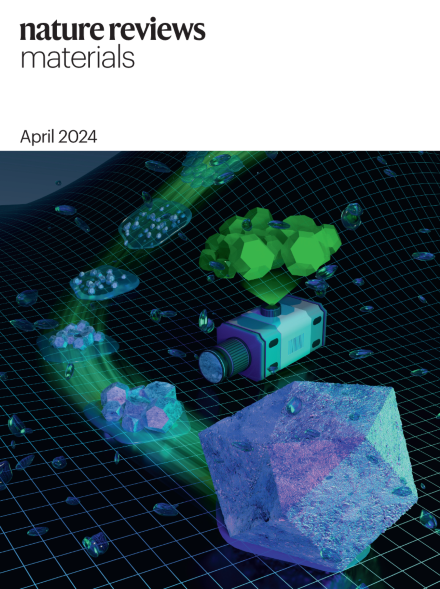
Our April issue
Crystallisation in soft and organic materials, design of organic mixed conductors, high-entropy materials, vapour-deposited perovskite LEDs plus in vivo corona and materials science in India

Crystallisation in soft and organic materials, design of organic mixed conductors, high-entropy materials, vapour-deposited perovskite LEDs plus in vivo corona and materials science in India


Moiré materials are a versatile and tunable platform that offers a wide variety of lattice constants, energy scales and symmetries, leading to a rich interplay of electron correlations and topology. This Review summarizes recent breakthroughs in topological and Berry physics in moiré materials.